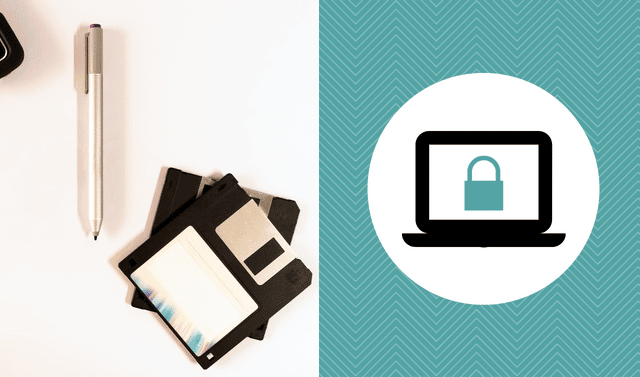Sign up for the Family Tree Newsletter! Plus, you’ll receive our 10 Essential Genealogy Research Forms PDF as a special thank you.
Get Your Free Genealogy Forms
"*" indicates required fields
How can I digitize my old slides?
Q: I have some 35mm slides that I want to put on my computer. Also, the color on these pictures has turned red. What’s the best method to save these slides?
A: If you have a flatbed scanner, you may be able to find a special attachment for scanning slides, but these don’t always produce good results. Luckily, you can get a slide converter such as this KODAK Slide N Scan.
Alternatively, your local photo lab may be able to convert the slides for you, or you can use a service (great for large quantities) such as ScanDigital or ScanMyPhotos.
Color shifting in slides is common, says photo expert Maureen A. Taylor. “To slow the process, store color photographic materials such as prints and slides in a dark, cool place that is not subject to fluctuations in temperature and humidity. Large archives actually store their color materials in refrigerated vaults.”
Though it may not be possible to return the images to their brand-new appearance, most professional services can correct the color and remove scratch marks. Do-it-yourselfers can use photo-editing software such as Adobe PhotoShop Express.
Make sure you save the unedited scans as TIF files, a format that does the best job of preserving image quality. Make copies of the images to edit. Store the edited copies as high-resolution TIFs, too. For sharing or posting online, copy the edited files as JPGs (which reduces file size).
Finally, be sure to back up your digitized images. The best way is with an online storage service. You also can save the files to an external hard drive kept in a location away from your home. Give copies to family, too.
Answer provided by Allison Dolan
Can I scan multiple slides at once?
Q: I have a few thousand 35 mm color slides. I’d like to know if there’s any agency that’s able to convert these slides to digital format. I don’t mind scanning several at a time at home, but I don’t have time to scan thousands of slides. As an alternative, are you familiar with any slide scanner that does multiple slides at once?
A. Some slide scanners can handle multiple slides at once, but experts advise scanning slides individually to maintain image quality. You might want to consider scanning limited numbers of slides at first. Evaluate your collection and choose a select few.
After carefully examining your slide collection, you’re ready to start thinking about purchasing a scanner. With scanners’ wide price range—from less than $100 to $2,000—you need to study your options. Next, identify the key features you want in a scanner. Read user reviews of scanners at before shopping around.
If you opt not to buy a scanner, you can take advantage of scanning services offered by many camera stores. Services range in price from $2 to more than $10 per slide. Whether this is cost-effective for you depends on the number of slides you want scanned and the value of your time. Before sending all your slides to one store, try the services first to see if you like the results. Selecting a method to scan slides is a personal decision based on your reasons for scanning the collection balanced with the number of slides and costs.
Answer provided by Maureen A. Taylor
Related Reads
Last Updated: November 2021
FamilyTreeMagazine.com is a participant in the Amazon Services LLC Associates Program, an affiliate advertising program designed to provide a means for sites to earn advertising fees by advertising and linking to Amazon.com and affiliated websites.








